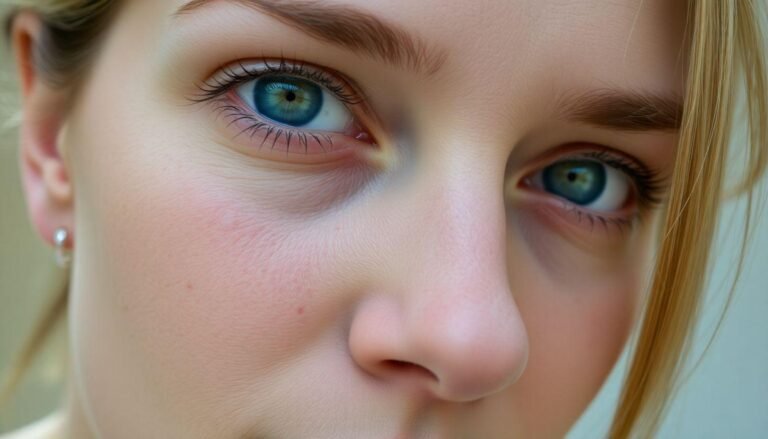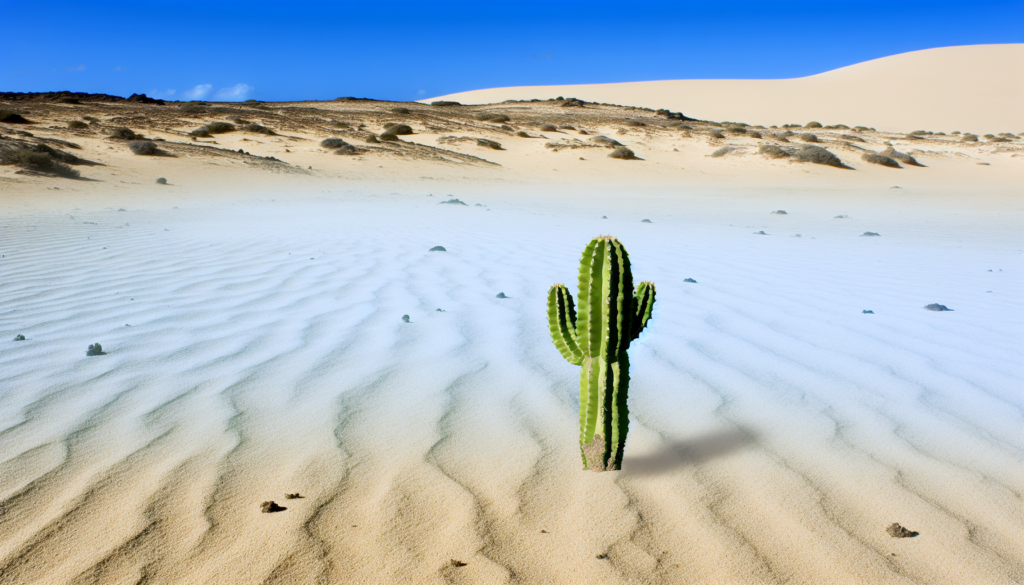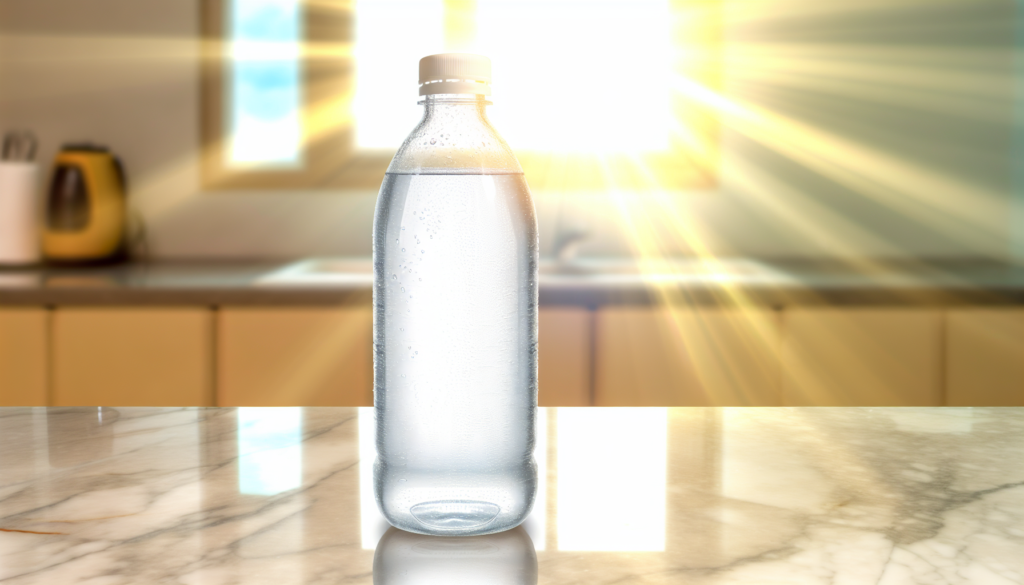Dealing with dry skin on your face can be frustrating and uncomfortable, especially when you’re not sure exactly what you’re seeing in the mirror. Is that redness just temporary irritation or a sign of something more serious? Are those flakes normal winter dryness or an indication of a skin condition? Recognizing the visual symptoms of dry skin on faces is the first step toward finding relief. In this comprehensive guide, we’ll explore ten common manifestations of facial dryness, helping you identify exactly what’s happening with your skin and providing practical solutions to restore moisture and comfort.
Understanding Facial Dry Skin: What You’re Actually Seeing
When your skin lacks adequate moisture, it can manifest in various visible ways. Knowing what to look for helps you address the underlying causes rather than just treating symptoms temporarily. Facial dryness doesn’t look the same for everyone – your skin tone, age, and natural oil production all influence how dryness appears on your unique face.
1. Fine, Powdery Flaking Around the Nose and Eyebrows
One of the most common and earliest signs of facial dryness appears as fine, almost powdery white flakes, particularly around the sides of your nose, eyebrows, and sometimes forehead. These areas tend to show dryness first because they contain more oil glands that can become disrupted by environmental factors like cold weather or harsh cleansers.
Unlike dandruff-like flaking, these particles are typically very small and might only become visible when you rub or stretch the skin. The affected areas may feel tight but aren’t necessarily red or irritated in early stages.
Treatment approach:
2. Redness with Visible Texture Changes
When dryness progresses, your skin might develop patchy redness accompanied by a noticeable change in texture. The skin appears rough, almost like fine sandpaper, particularly on the cheeks and around the mouth. This symptom indicates inflammation is beginning to set in as your skin barrier weakens.
The redness often fluctuates throughout the day and may worsen with temperature changes or after washing your face. This type of dryness can sometimes be mistaken for mild rosacea but differs in its response to moisturizing treatments.
Treatment approach:
3. Cracking or Fissuring Around the Lips and Eyes
More severe dryness can lead to actual breaks in the skin, most commonly at the corners of the mouth, lips, and around the eyes. These small fissures appear as tiny lines or cracks that may sting or burn, especially when products are applied. They indicate significant moisture loss and barrier damage.
These cracks might be accompanied by a feeling of tightness when you move your facial muscles or smile. If left untreated, they can deepen and potentially become infected.
Treatment approach:
4. Dull, Ashy Appearance Across Cheeks
Dry skin often loses its natural radiance, appearing dull or ashy, particularly across the cheeks and forehead. This symptom is especially noticeable in deeper skin tones where dryness creates a grayish cast or patchy appearance rather than obvious flaking.
The skin might feel smooth to the touch but looks lifeless and lacks the healthy glow associated with well-moisturized skin. Makeup tends to look uneven or patchy when applied over these areas.
Treatment approach:
5. Visible Fine Lines That Weren’t There Before
Dehydration can dramatically accentuate fine lines or create temporary wrinkles that weren’t previously noticeable. These “dehydration lines” typically appear under the eyes and across the forehead first. Unlike permanent wrinkles, they often become less visible after proper hydration is restored.
You might notice these lines appear worse in the morning or in environments with low humidity, then improve somewhat throughout the day as natural oils build up.
Treatment approach:
6. Itchy Patches Without Visible Rash
Sometimes dry skin manifests as persistent itchiness without any obvious rash or redness. These phantom itchy spots typically occur on the cheeks, forehead, or around the jawline. The urge to scratch can be intense despite the skin looking relatively normal.
This symptom signals nerve irritation due to compromised barrier function and is often worse at night or when you’re stressed. Scratching typically makes both the sensation and eventual visible symptoms worse.
Treatment approach:
7. Makeup That “Cracks” or Separates During the Day
When your skin lacks proper hydration, even the best makeup application can deteriorate throughout the day. Foundation may develop visible cracks, especially around the nose and mouth, or separate into patchy areas that expose dry, flaky skin underneath.
This symptom is frustrating cosmetically but serves as an important indicator that your skin needs more intensive moisture rather than more makeup to conceal the issue.
Treatment approach:
8. Tight, Shiny Skin Without Oiliness
Paradoxically, severely dehydrated skin can appear shiny despite not being oily. This “tight shine” happens when the outer layer becomes so dry that it reflects light differently. The skin feels uncomfortably taut, especially after cleansing, but doesn’t have the texture or feel of genuinely oily skin.
This symptom often confuses people into using treatments for oily skin, which typically worsens the underlying dryness problem. The shiny areas might feel smooth but lack any suppleness when touched.
Treatment approach:
9. Increased Sensitivity and Stinging
Dry facial skin often becomes hypersensitive, reacting with stinging or burning sensations to products you’ve used without issue before. This increased reactivity happens because the compromised moisture barrier allows irritants to penetrate more deeply.
You might notice previously tolerated fragrances, active ingredients like vitamin C, or even plain water causing uncomfortable sensations. Your face might also feel hot or reactive to environmental changes like wind or temperature shifts.
Treatment approach:
10. Enlarged or More Visible Pores
While enlarged pores are typically associated with oily skin, dehydration can actually make pores appear more prominent. This happens because dry skin can trigger compensatory oil production or because dehydrated skin loses elasticity around pore openings.
These more visible pores typically appear on the cheeks and around the nose, creating an uneven texture that’s different from typical dryness. You might be tempted to use pore-minimizing products, but hydration is actually the better solution.
Treatment approach:
When to See a Dermatologist About Facial Dryness
While most cases of dry facial skin respond well to improved skincare and environmental modifications, some situations warrant professional attention. Consider seeing a dermatologist if:
Remember that facial dryness can sometimes signal underlying health conditions or medication side effects that require medical evaluation rather than just topical treatments.
Understanding precisely what dry skin pictures on faces reveal about your skin’s condition empowers you to make targeted treatment choices. By correctly identifying your specific symptoms and responding with appropriate care, you can restore comfort, function, and appearance to your skin. The journey to healthy, hydrated facial skin begins with careful observation and ends with consistent, nurturing skincare practices tailored to your unique needs.







